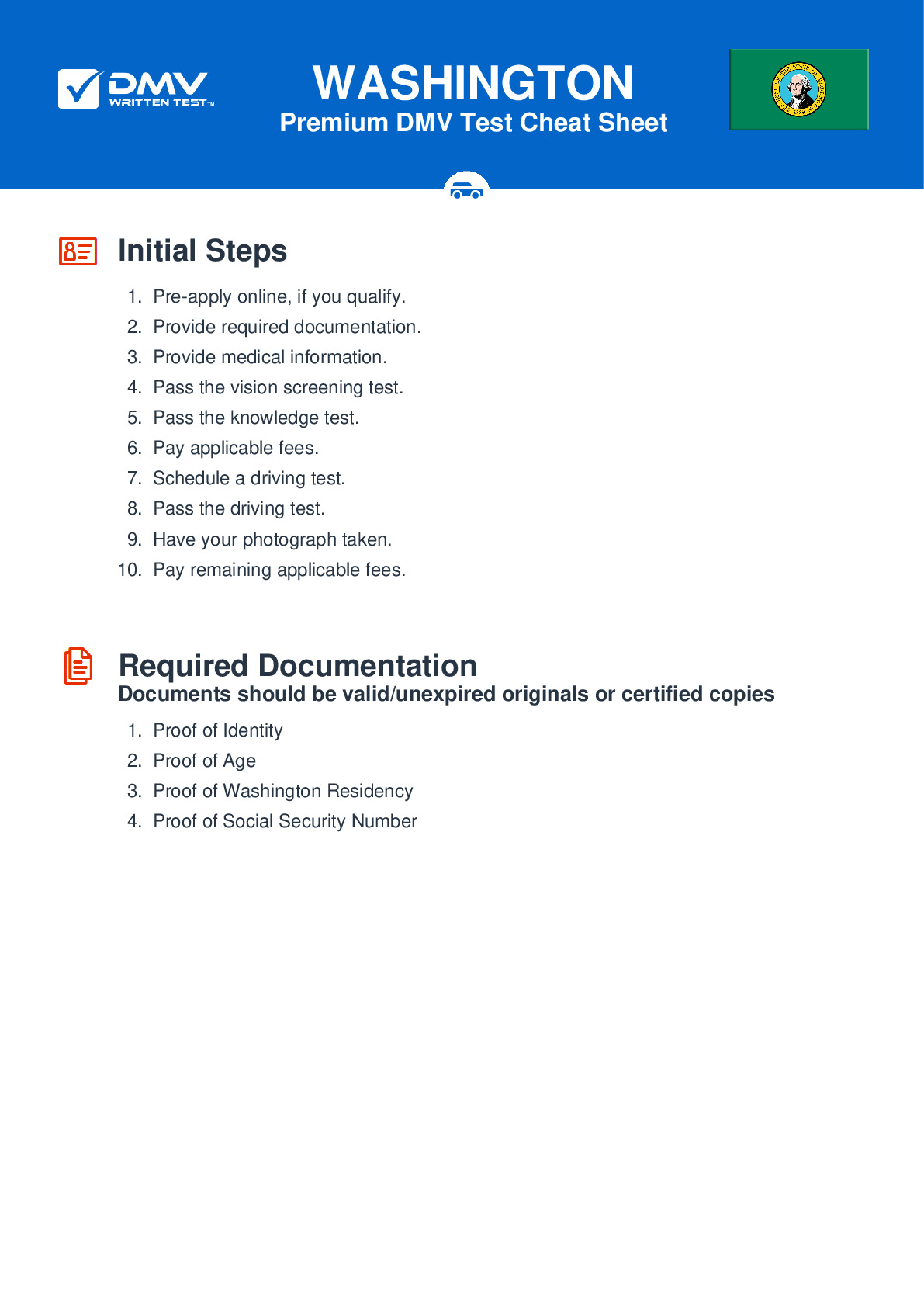Skid recovery is a crucial skill every driver should master; it’s often the difference between a dramatic spin-out and a controlled maneuver. Imagine driving along a winding road when suddenly your tires lose traction. The world around you seems to spin for a moment. What do you do? This article delves into the nuances of skid recovery, focusing on the imperative action: turning your steering wheel. By the end, you’ll possess a fresh perspective on how to navigate these perilous situations with aplomb.
First, it’s essential to understand the mechanics behind skids. A skid occurs when your vehicle loses grip on the road. This loss of traction can be attributed to various factors such as wet or icy conditions, sudden braking, or rapid acceleration. Knowing what type of skid you’re experiencing is paramount for effective recovery. Skids generally fall into two categories: oversteer and understeer.
Oversteer manifests when the rear wheels lose grip faster than the front, often resulting in a spin. Conversely, understeer occurs when the front wheels lose traction, preventing the vehicle from turning as intended. The action you take differs depending on the type of skid, yet one foundational principle applies: steering plays a pivotal role in regaining control, and this is where the recommendation to turn your steering wheel becomes paramount.
So, how should you respond when your vehicle starts to skid? The first instinct for many is to panic, but calmness is your greatest ally. Remember: your steering direction can dictate your trajectory. In an oversteer scenario, gently steer into the skid. Suppose your rear wheels are sliding to the right; you should angle your steering wheel slightly right as well. This maneuver helps to realign your front wheels with the direction of travel, regaining traction. Maintain a delicate touch; over-correcting can lead to a more severe spin.
Conversely, understeer recovery requires a different approach. In this scenario, you will want to ease off the accelerator while steering towards the corner you intend to navigate. If your vehicle is veering straight ahead when you want to turn left, you should angle your wheel left but avoid abrupt movements. This subtle maneuver allows the front tires to regain grip as the vehicle slows down.
A common misconception is that slamming on the brakes can aid in recovery. In reality, it often exacerbates the situation. By braking during a skid, you can further disrupt traction, especially if you’re on icy pavement. Instead, focus on steering and maintaining a steady, calm demeanor. This will help ensure that you can react appropriately to the various dynamics at play.
Understanding your vehicle and its response to different surfaces can significantly influence your capacity to recover from a skid. Many modern vehicles come equipped with various traction control systems designed to aid in maintaining grip; understanding these features can be beneficial. Familiarize yourself with how your car reacts under slippery conditions. This knowledge empowers you to make swift decisions—a must in moments of vehicular distress.
Now, let’s explore practical exercises to enhance your handling of skids. A controlled environment, such as a driving school or skid pad, provides a safe space to practice. Here, you’ll learn to confront the uneasy reality of skids without the stakes of public roads. Practicing in various weather conditions will allow you to witness firsthand how your car reacts, enhancing your instinctual responses. This practice is invaluable, equipping you with the confidence to handle real-life scenarios.
Beyond mere practice, cultivating an acute awareness of weather conditions can prepare you for potential skidding encounters. Rainy days often create slippery roads, while snow and ice introduce a whole new layer of complexity. Keeping an eye on meteorological forecasts will not only inform your driving but also encourage you to adapt your speed and approach based on current conditions. Awareness extends beyond the environment; it encompasses your vehicle’s state, including tire conditions, brakes, and suspension systems.
Preparation also means considering your driving gear. Invest in quality tires designed for the conditions you frequently navigate. All-season tires may suffice in moderate climates, but if you reside in an area that experiences winter weather, winter tires become a non-negotiable necessity. These tires are engineered to provide maximum traction in adverse conditions, granting you a greater level of control that can be vital during a skid.
Lastly, let’s reflect on the psychological components of skid recovery. The adrenaline rush, the quickened heartbeat—every driver experiences these physiological reactions. Recognizing this emotional surge can better equip you to maintain composure. Acknowledge your feelings, but don’t let them dictate your response. A steady mindset is paramount; instincts paired with calm deliberation create a recipe for successful recovery.
Ultimately, skid recovery is not solely an exercise in technical skills; it’s about cultivating an awareness that transcends the act of driving. As you embrace the philosophy of turning your steering wheel with intent and precision, you shift your perspective toward becoming a proactive and reflective driver. Acquiring the knowledge and confidence to navigate skids empowers you not only to enthuse about your next driving adventure but also ensures your safety and that of others on the road.
In conclusion, understanding the dynamics of skids and mastering the art of recovery equips you with vital skills for navigating hazardous conditions. So, the next time you find yourself glancing into the tumultuous chaos of a skid, remember to steer with purpose and embrace the unfolding journey of control, steadiness, and education. Drive safe, and let curiosity guide your next exploration of the open road!
